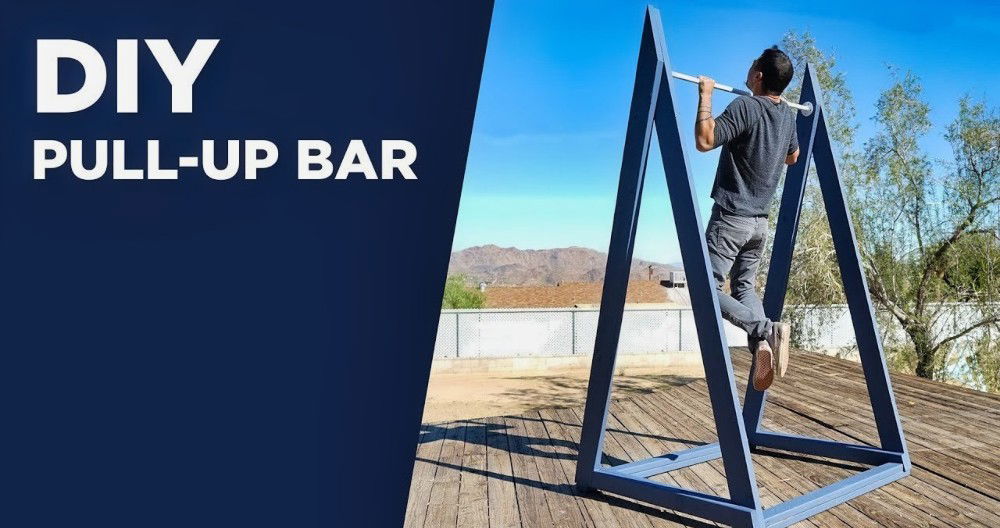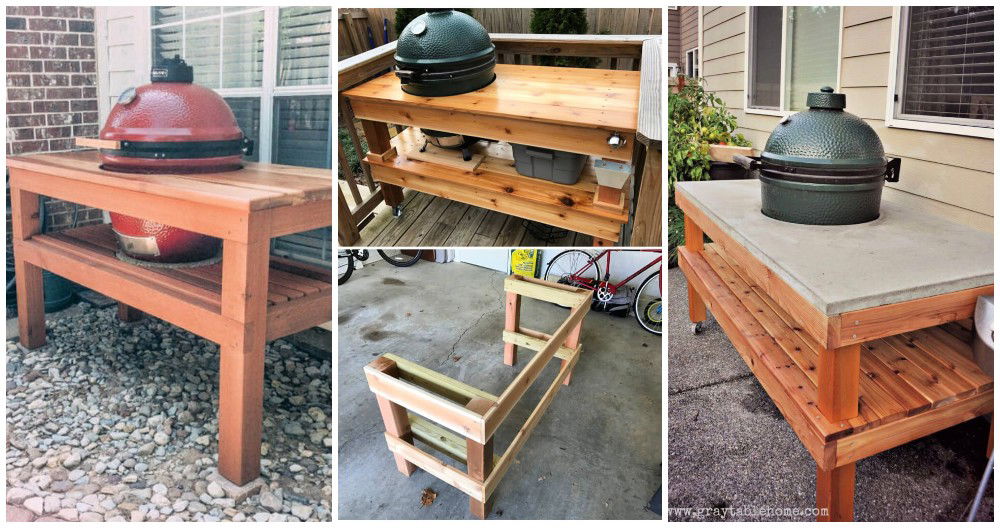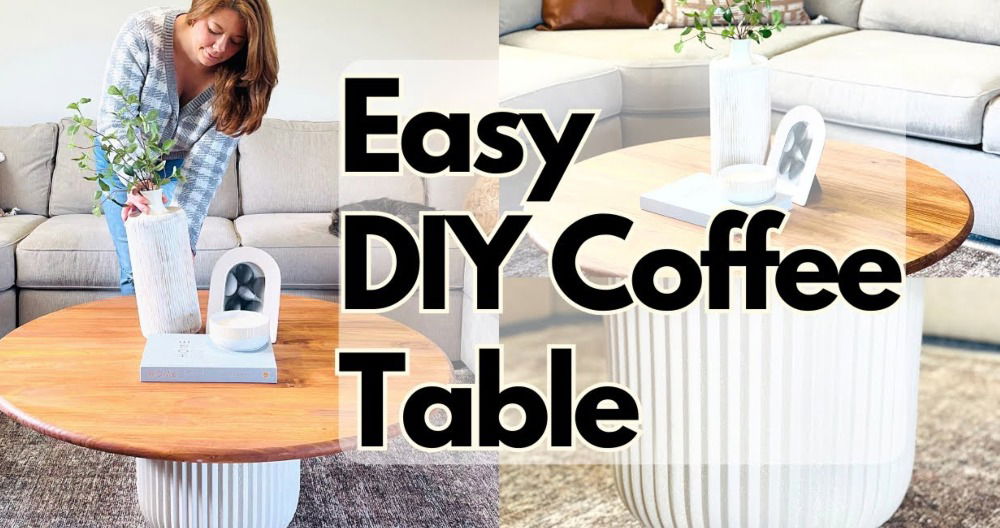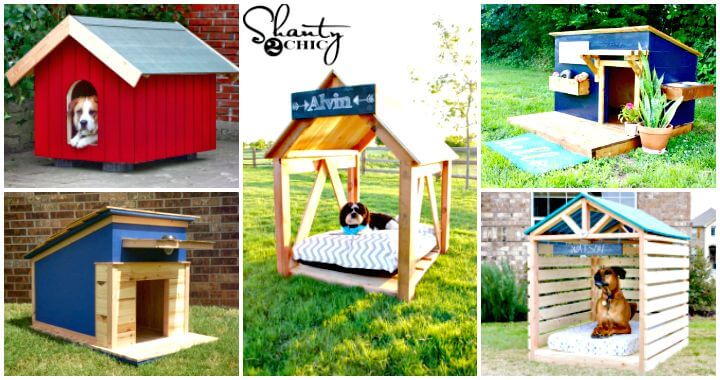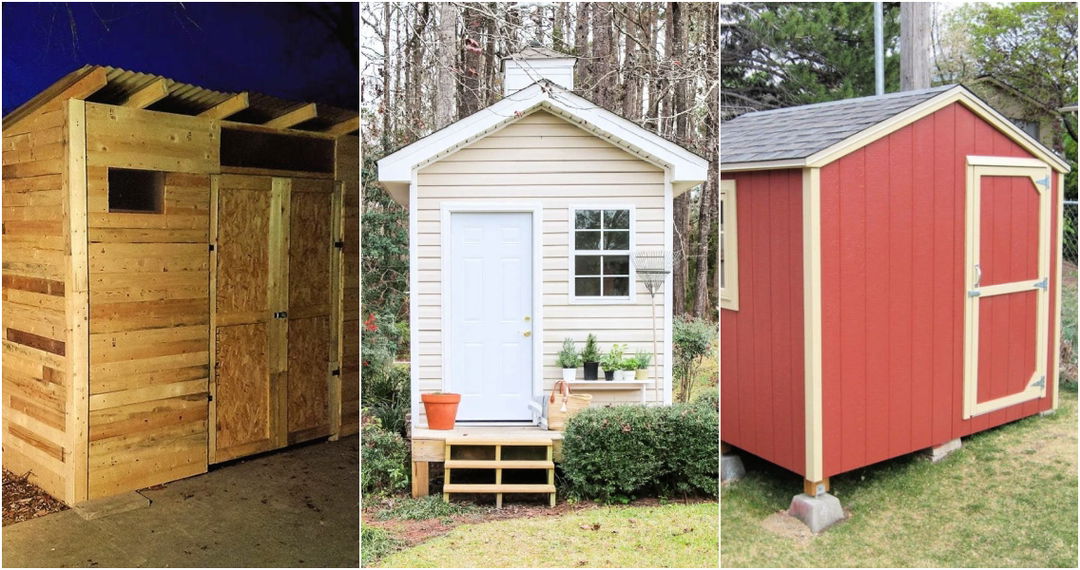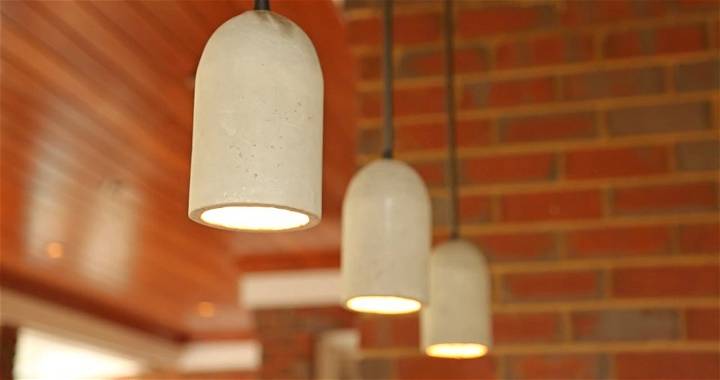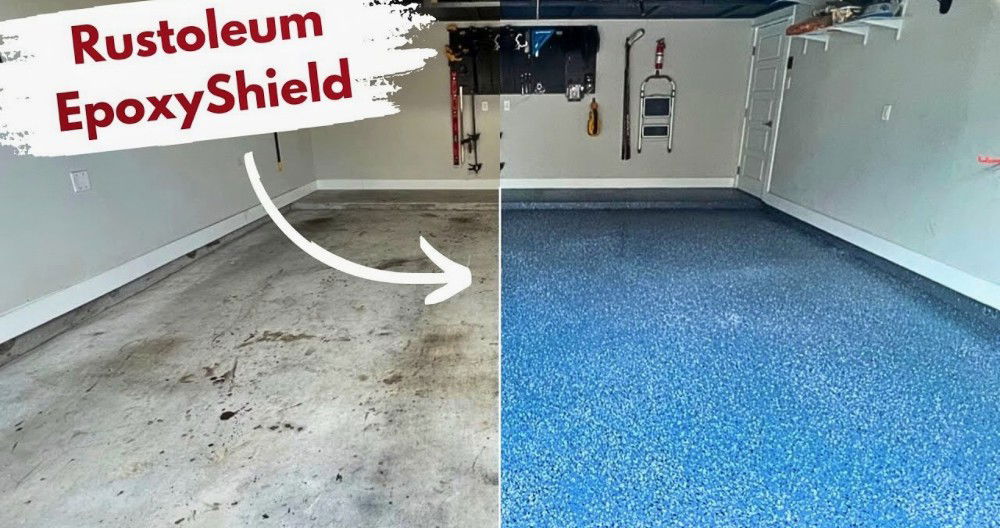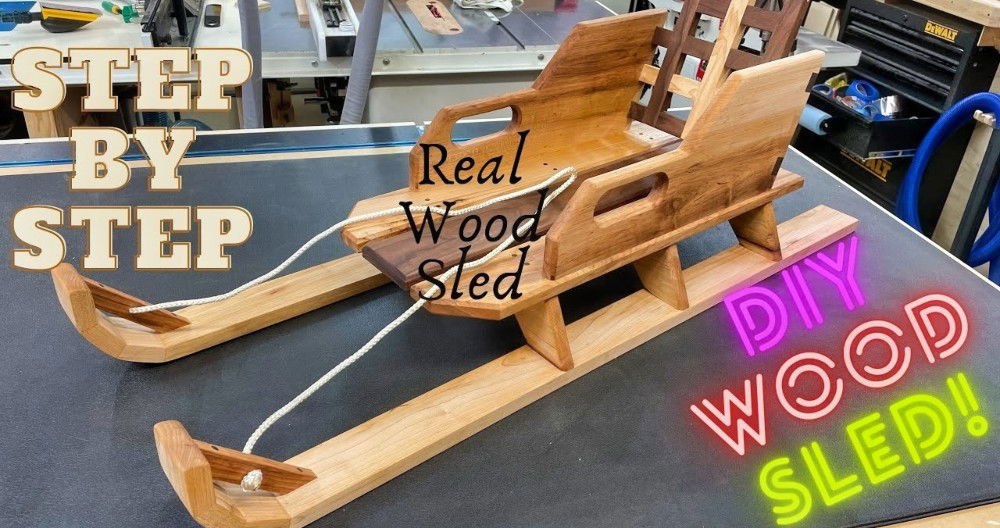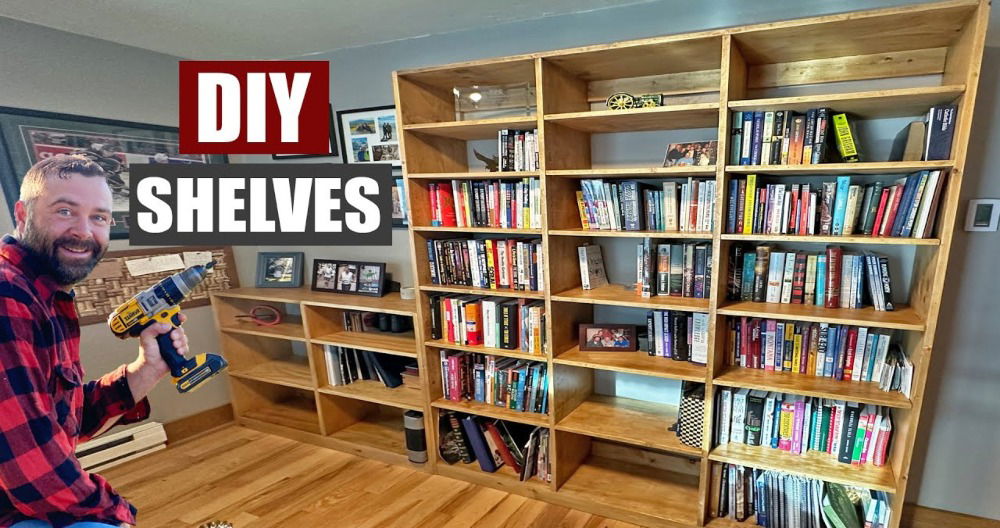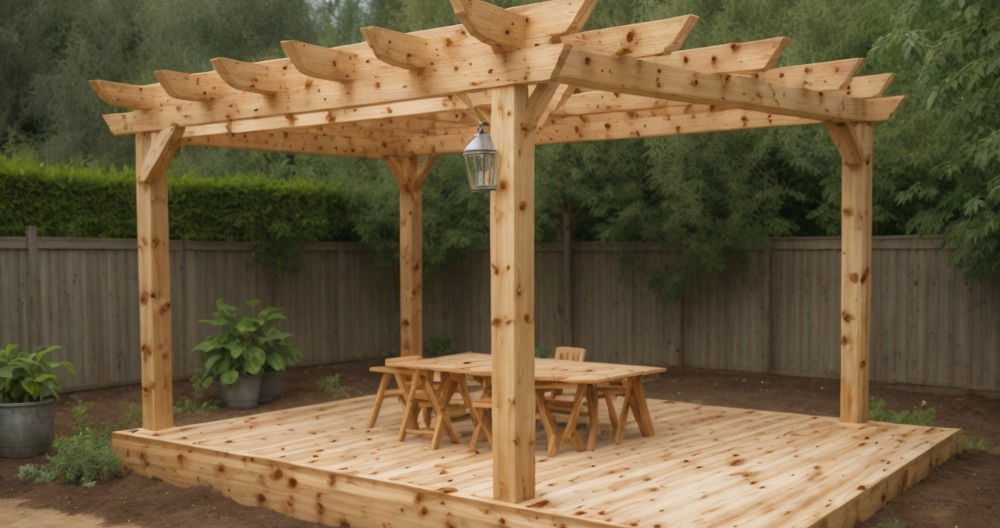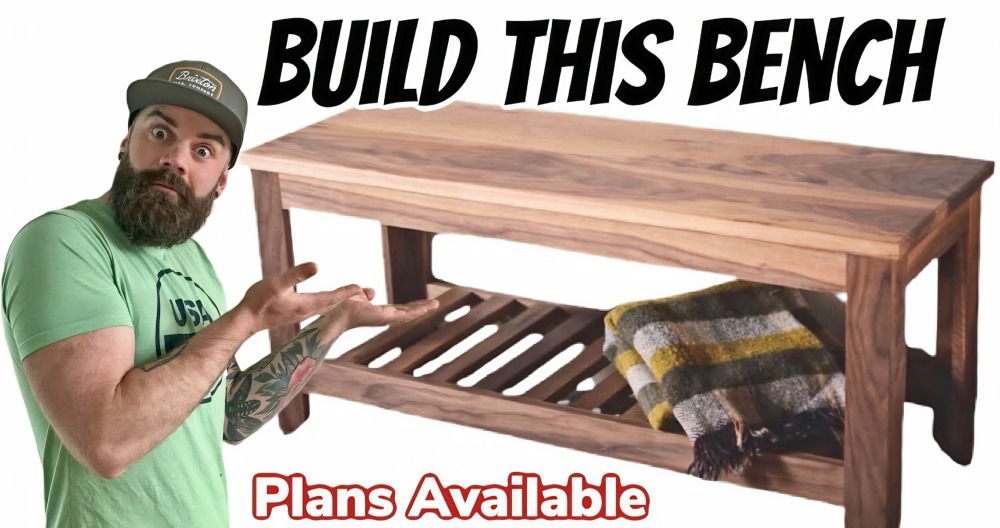Puzzle tables are special tables designed for assembling jigsaw puzzles. They provide a dedicated space where puzzle enthusiasts can work on their puzzles without interruption and without taking up valuable space on dining or coffee tables.
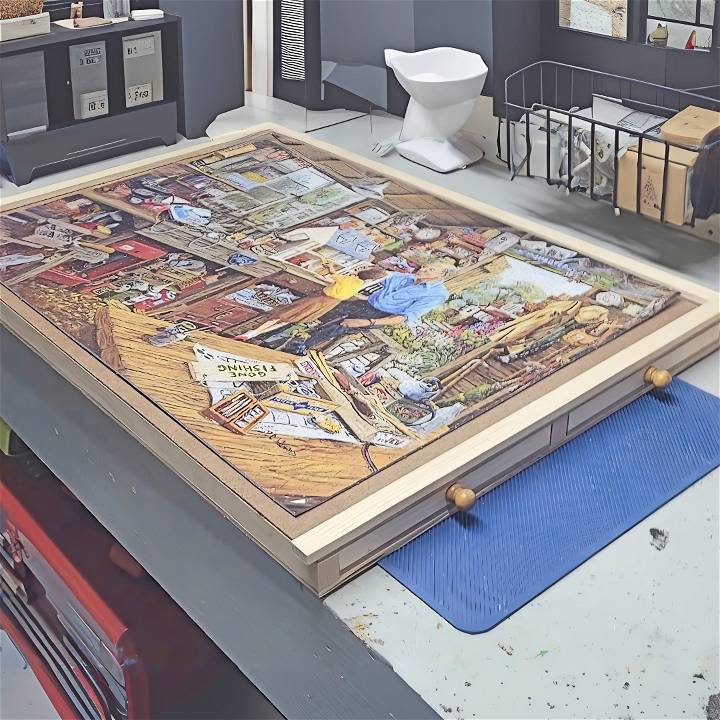
Why Puzzle Tables?
Puzzle tables offer several benefits:
- Dedicated Space: They give you a specific area to work on your puzzles, which means you don't have to clear away your puzzle every time you need the table for something else.
- Organization: With features like drawers or sorting trays, puzzle tables help keep pieces organized and prevent loss.
- Comfort: The right height and size of a puzzle table can make puzzling more comfortable, reducing strain on your back and neck.
The Benefits of Having a Puzzle Table
Here are some key advantages of having a puzzle table at home:
- No More Clutter: Your dining table stays free for meals and other activities.
- Save Your Progress: You can leave your puzzle out without worrying about it being disturbed.
- Enhanced Focus: A dedicated space means fewer distractions, allowing for better concentration on the puzzle.
- Aesthetic Appeal: A well-crafted puzzle table can be a beautiful piece of furniture in its own right.
By incorporating a puzzle table into your home, you not only build a functional space for your hobby but also potentially add a conversation piece that reflects your personal style. Puzzle tables are not just practical; they're a celebration of the joy of puzzling.
Materials Needed and Their Purpose
- Tempered MDF Boards: These serve as the main structure of the puzzle board. I chose MDF for its smooth surface—ideal for sliding puzzle pieces around—and for being sturdy yet lightweight.
- Hobby Boards for Trim: These frame the edges of the puzzle board, providing a raised border to prevent pieces from slipping off.
- Wood Glue and Nails: For assembling the pieces securely.
- Jigsaw/Track Saw: Essential for cutting the wood to the desired dimensions.
- Speed Square, Measuring Tape, and Pencil: For marking precise cuts and ensuring everything is square.
- Paint or Finish (Optional): To give the final product a polished look and protect the wood.
Step-by-Step Guide
Learn how to build your own DIY puzzle table with this step-by-step guide. Cut, build, assemble, and finish for a fun project!
Cutting the Base and Top
- Measure and Mark: Based on the size of most puzzles I enjoyed, I decided on final dimensions of 24 by 30 inches for the playing surface. I added a few inches all around for the trim, making the cut pieces 28 by 34 inches.
- Cutting: Using the track saw, I carefully cut the tempered MDF boards to size. If you're using a jigsaw, take it slow to ensure straight cuts.
Building the Trim and the Dividers
- Trim Pieces: I measured and cut the hobby boards to frame the edges of the MDF board. These pieces not only add to the aesthetics but also functionally keep puzzle pieces from falling off the board.
- Internal Dividers: For the drawers, I cut additional strips from the hobby board. These dividers would organize the puzzle pieces within the drawers, allowing for sorting by edge pieces, color, or whatever method you prefer during puzzling.
Assembling the Puzzle Board
- Gluing the Trim: I applied wood glue sparingly along the edges of the MDF board, placing the trim pieces on top and securing them with clamps until dry.
- Drawer Framework: Using the internal divider pieces and the second MDF board as the bottom, I buildd sections that would become the drawers. This step required the most precision to ensure the drawers would fit and slide easily.
Finishing Touches
- Drawer Construction: With the remaining hobby board, I constructed simple box drawers matched to the sections I had buildd. Glue and nails were sufficient for these since they wouldn't be bearing heavy loads.
- Installation of Stops: To prevent the drawers from pushing too far into the board and becoming difficult to pull out, I installed small wood stops on the inside of each drawer section.
- Sanding and Painting: Finally, I sanded down any rough edges and applied a couple of coats of paint for a smooth, finished look.
Personal Insights
This project was not just about making a functional puzzle board—it was a labor of love and a testament to DIY resilience. Here are a few insights from my experience:
- Patience Pays Off: Take your time with each step, especially when cutting and assembling. Precise cuts make for a smoother assembly process.
- Customization is Key: Think about how you puzzle and what features will enhance your experience. I added dividers in some drawers for more organizational options.
- Tools Are Just Tools: You don't need the fanciest equipment to get the job done. A simple jigsaw and a bit of ingenuity can go a long way.
- The Joy of Building: There's something profoundly satisfying about playing with puzzles on a board you made with your own hands.
Multi-Purpose Use of Puzzle Tables
Puzzle tables are versatile pieces of furniture that can be used for more than just assembling puzzles. They can be adapted for various activities, making them a valuable addition to any home.
Using Your Puzzle Table for Card Games
Turn your puzzle table into a card game haven:
- Flat Surface: The smooth, flat surface is perfect for dealing and playing cards.
- Raised Edges: If your table has raised edges for puzzles, they also help prevent cards from slipping off.
Reading and Writing at Your Puzzle Table
Your puzzle table can double as a quiet reading or writing spot:
- Comfortable Seating: Pair it with a comfortable chair to build a cozy nook.
- Ample Space: The large surface can hold books, notebooks, or laptops, giving you plenty of room to work.
By thinking creatively, you can make the most of your puzzle table, using it for entertainment, work, or relaxation. It's not just a table; it's a space for creativity and productivity.
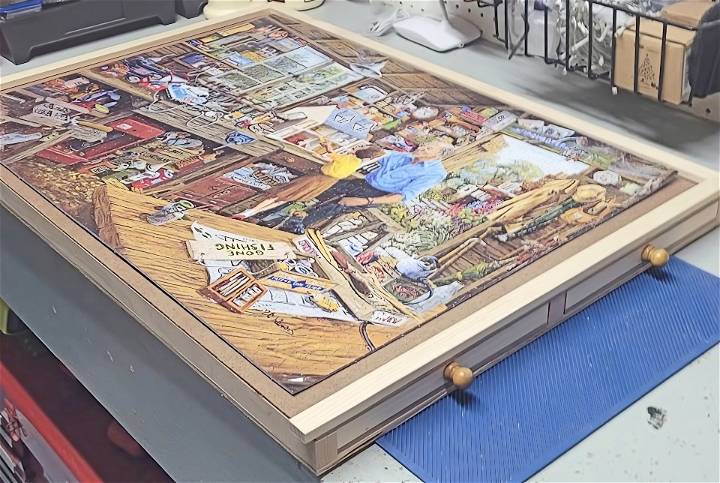
User Tips and Best Practices for Puzzle Enthusiasts
Building an enjoyable and efficient puzzle-solving environment is key to enhancing your puzzling experience. Here are some user tips and best practices to help you get the most out of your puzzle table.
Space Management
Choosing the Right Location:
- Quiet Area: Place your puzzle table in a quiet corner to minimize distractions.
- Stable Ground: Ensure the table is on a stable surface to avoid any unwanted movement.
Importance of Good Lighting
Illuminating Your Puzzle Space:
- Natural Light: If possible, position your table near a window to benefit from natural light during the day.
- Task Lighting: Consider adding a lamp with adjustable brightness for evening sessions.
Keeping Puzzle Pieces Organized
Organization Strategies:
- Sorting Trays: Use trays to sort pieces by color or shape.
- Ziplock Bags: For large puzzles, store sectioned pieces in labeled bags.
By following these simple yet effective tips, you can build a puzzle-solving space that is not only functional but also enjoyable.
FAQs About DIY Puzzle Tables
Discover everything you need to know about DIY puzzle tables in our comprehensive FAQs guide. Get tips, tricks, and answers to all your questions here!
What is a DIY Puzzle Table?
A DIY puzzle table is a table that you can build at home, specifically designed for assembling and enjoying jigsaw puzzles. It often includes features like drawers or sections to organize puzzle pieces and may have a surface that helps keep the puzzle in place.
How Do I Choose the Right Size for My Puzzle Table?
Consider the largest puzzle you plan to assemble and ensure the table surface is larger than that size. A common size for many puzzles is 20 x 27 inches, so a table surface of 24 x 30 inches or larger could be suitable for most needs.
Can I Make a Puzzle Table That's Also Suitable for Kids?
Absolutely! When building a puzzle table for kids, make sure it's at a height accessible to them. You can also paint it in bright colors and add features like a chalkboard surface for added fun.
What Materials Do I Need to Build a Puzzle Table?
You'll need a sturdy wood like plywood or MDF for the surface, wood glue, screws, sandpaper, and paint or varnish for finishing. If you want to add drawers or sections, you'll need additional wood and hardware like drawer slides.
Are There Any Special Tools Required to Build a Puzzle Table?
Basic woodworking tools like a saw, drill, screwdriver, and measuring tape are essential. If you're adding complex features, you might need more specialized tools like a router or jigsaw.
Remember, building a DIY puzzle table can be a fun and rewarding project that adds a personalized touch to your hobby space. With the right tools and materials, you can build a functional and stylish area for puzzle assembly.
Conclusion
Making a puzzle board with drawers was an enriching experience that combined my love for puzzles with my passion for DIY. It solved a practical problem while adding a bit of fun to the home. Whether you're a seasoned DIYer or a novice looking to start your first project, I hope this guide encourages you to take the plunge into making something uniquely yours. Remember, the process is just as rewarding as the finished product.


